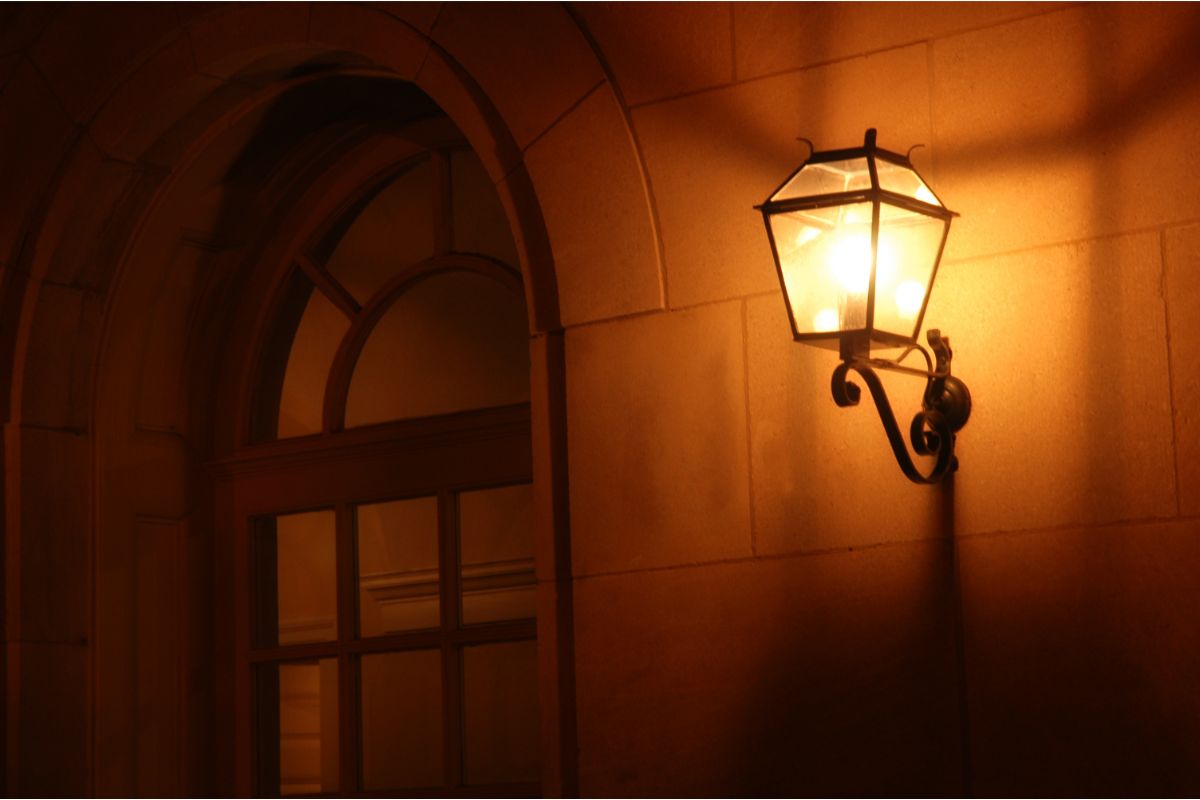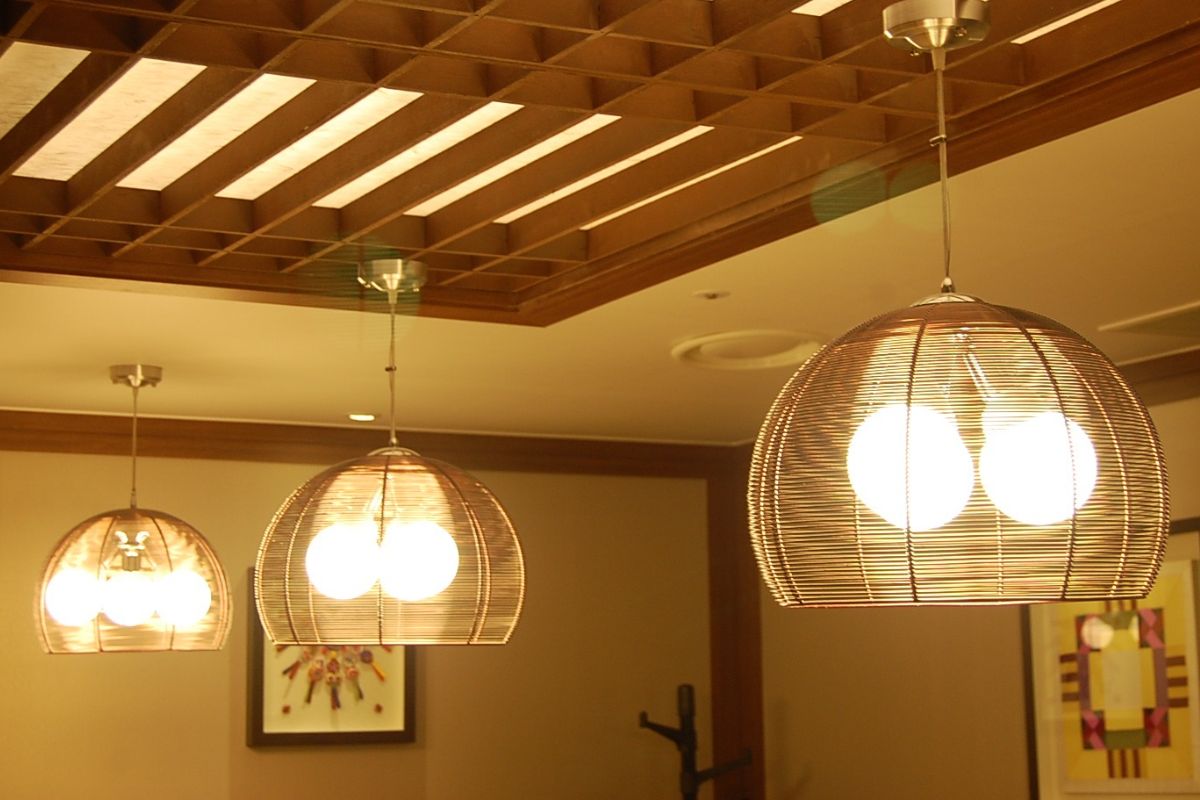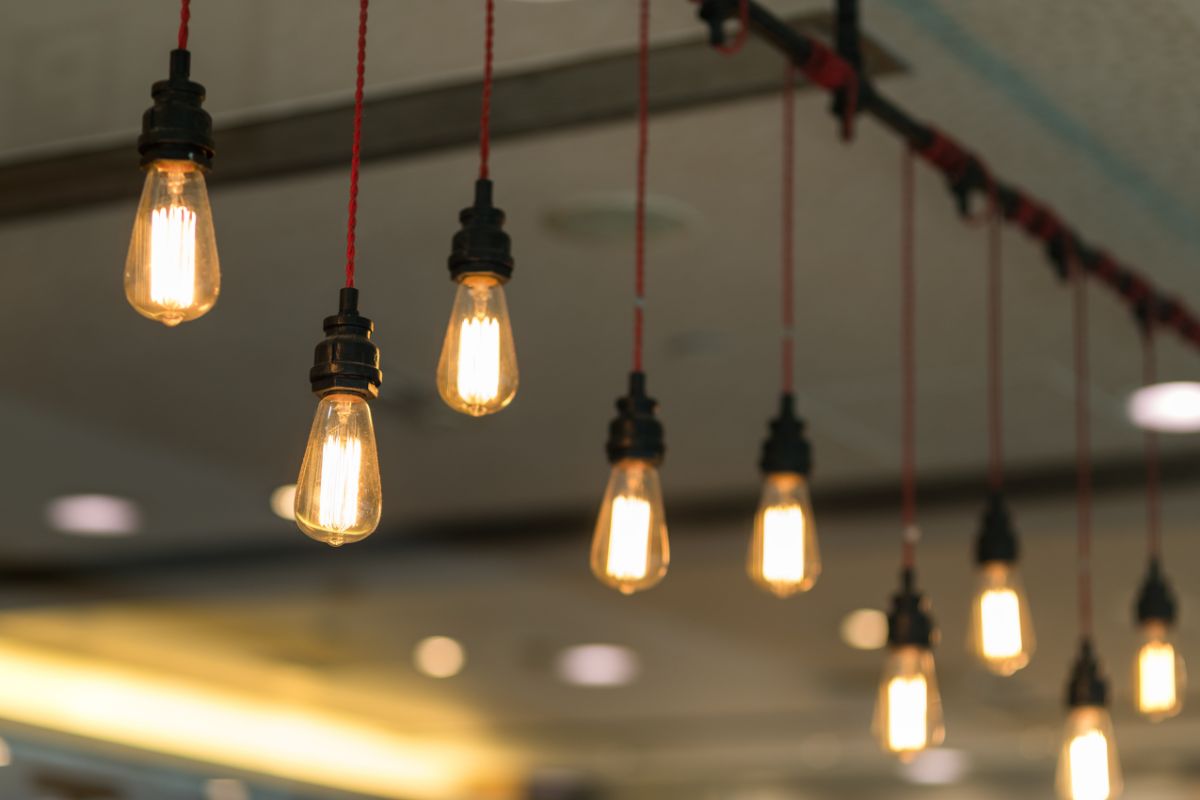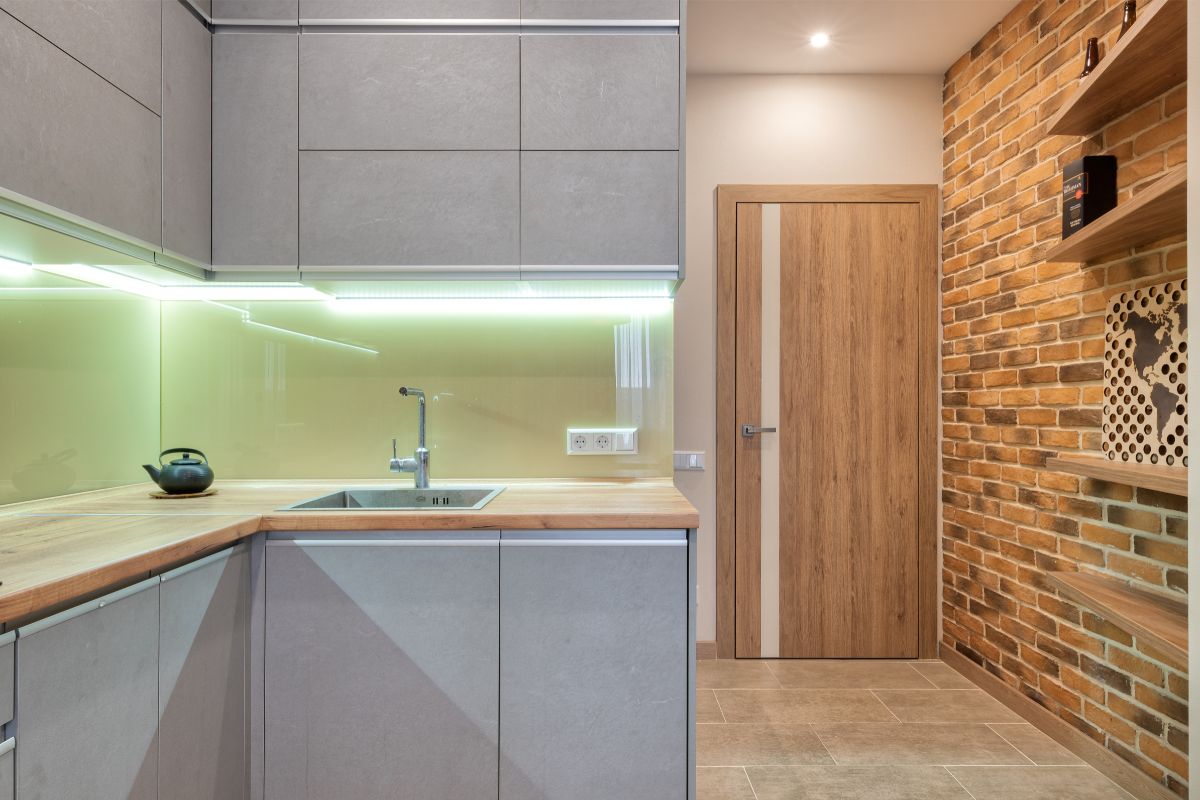With sub-surface housing, recessed lights are an amazing way to save space in your home or bring some much-needed custom illumination to awkwardly sized or shaped rooms, but not all recessed light fixtures are the same.

With countless different bulbs and trim styles to choose from, finding the right style of recessed lighting for you can be a tricky endeavor, but before you get to any of that, you’ll need to decide between canned and canless recessed lights.As you might expect, each category brings a unique set of benefits and drawbacks to the equation, so it’s essential you know how these two recessed lighting formats differ, which is exactly what we’ll be discussing here today.
What Are Canned Recessed Lights?
Recessed can lights are the larger of the two options. The can is essentially just expansive housing for the electronics and bulb. It both keeps them in place and protects them.
This format typically arrives with mounting rods or hangers, and they have to be installed deep into the chosen surface, which is why they’re often called construction lights, as they’re far easier to install before a structure is complete.
What Are Canless Recessed Lights?
Canless recessed lights don’t have any significant housing. Often, they’re just a trim surrounding a bulb that gets wired directly into your electrical system.
They tend to be a lot more affordable than can lights, and they’re more suited to installation in completed structures, which is why they’re often referred to as remodel lights.
Canned Recessed Lights: Pros

More Options
When you choose canned over canless lights, you give yourself far more options in regard to trim, meaning you can fine-tune the style to suit the aesthetic of your rooms.
In fact, if you go to a specialist outlet, you’ll be able to customize the majority of your canned lights.
Enhanced Durability
The can doesn’t just act as an anchor beneath your surface of choice, it’s a physical barrier that protects the electronics and bulbs from all manner of potentially damaging scenarios, so you’re almost certainly going to get more longevity from canned lights than you are from canless lights.
Super Low Profile
Even though canned lights are much larger than canless lights (typically 3–6”), as they’re actually installed behind the surface, they sit flush, with only a small amount of trim sticking out into the room. This gives them a neater profile and a more modern, sleek, and upscale look.
Standardized Installation
Installation is typically standard between canned units, so once you’ve installed one, it’s simply a matter of rinsing and repeating.
Simple Bulb Replacement
You can easily replace the bulb in a canned recessed light — It’s much like changing a bulb in a traditional fixture.
This means you’ll always be able to keep these lights working, which may not be the case for canless lights (more on that later).
Best For Installing In Incomplete Structures
Canned lights are far easier to install as a structure is being built, so if you’re currently developing a property, canned lights are almost always going to be the best option.
Enhanced Directionality
Recessed lights with large enclosures offer a sharper, more directional beam, which can help you map out your lighting network with precision.
Canned Recessed Lights: Cons
Tricky Installation
While the standardized installation of canned units makes them a breeze to work with once you’ve got the hang of things, comparatively speaking, they’re still a lot harder to install than their canless counterparts, especially if you don’t have much experience with wiring.
Lower Insulation Value
As they nestle deep into your walls, ceilings, or floors, every can light reduces your home’s insulation value a bit, so if you’re installing a lot of them, your heating and cooling bills are likely going to rise a little.
Limited Placement
Being that canned lights are as large as they are, you have to take the orientation of trusses and joists in your home into consideration when mapping out your lighting layout.
Canless Recessed Lights: Pros

Easier Installation
Canless lights are the most rudimentary of the two formats, meaning installation is pretty easy even if you don’t have much experience working with wiring.
If you’re not comfortable with the idea of installing canned recessed lights, it’s probably best you take the canless route or bring in some professional help.
Can Be Installed Any Time After A Structure Is Complete?
With canned lighting, you have to make a lot of choices very quickly as they need to be installed during the construction process, but with canless lighting, you can take as long as you want to map out your layout and settle on a style.
Little To No Impact On Insulation
Canless lights are very shallow installations, meaning they have little to no impact on the insulation value of your structures, meaning that energy bill is going to stay exactly the same as it was prior to the installation of your recessed lights.
Uninhibited Placement
You don’t have to worry about the location of joists and trusses when installing canless recessed lights, so you can be much more adventurous with your layout.
Canless Recessed Lights: Cons
Larger Profile
The actual light and lens of a canless light sit ever so slightly above the installation surface, so they’re not quite as sleek as their canned counterparts.
Replacements Can Be A Nightmare
You can’t simply change the bulbs in a canless unit the way you can with a canned unit. Instead, you have to replace the entire light, which can prove problematic if your model has been discontinued.
No Standardized Installation
Installation methods can differ significantly between different canless recessed lights, which means if one of your lights is discontinued as discussed above, you won’t be able to simply switch it for another design.
Final Thoughts
So, which is better, canned or canless recessed lights? Well, it’s all a matter of preference really, but if I had to label one format the premium option, it’d absolutely be canned lights.
That said, if you’re hoping to remodel the lighting plan of an existing structure, canless lights are the only way to go.



